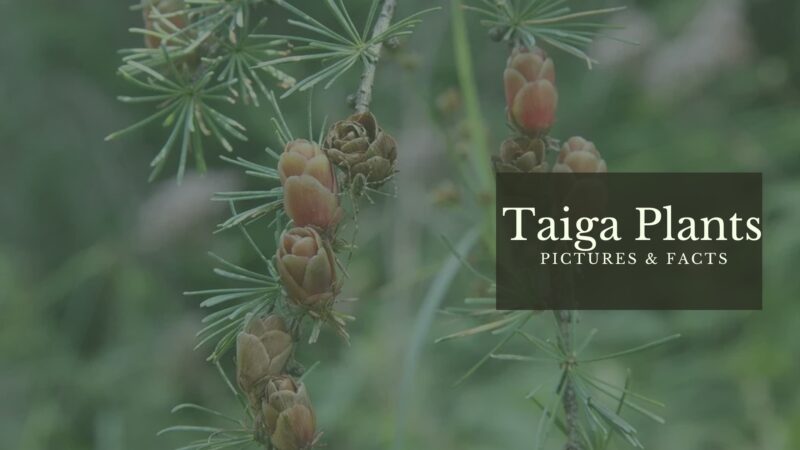Step into a magical realm where hardiness meets beauty, and nature’s wonders flourish against all odds – welcome to the enchanting world of the taiga! This extraordinary biome, affectionately known as the boreal forest, spans vast areas across the Northern Hemisphere, unveiling a tapestry of unique and resilient plants that have mastered the art of thriving in the cold and harsh wilderness. But wait, there’s more!
In this blog, we’re about to embark on a thrilling journey into the captivating realm of 10 taiga plants, each one accompanied by stunning pictures and brimming with intriguing facts. Brace yourself for a glimpse into the hidden wonders of this captivating ecosystem, where life knows no limits and surprises lurk around every leafy corner. Are you ready to be spellbound by the extraordinary world of taiga flora? Let’s dive in! 🌲🌳🌿
1. Balsam Fir
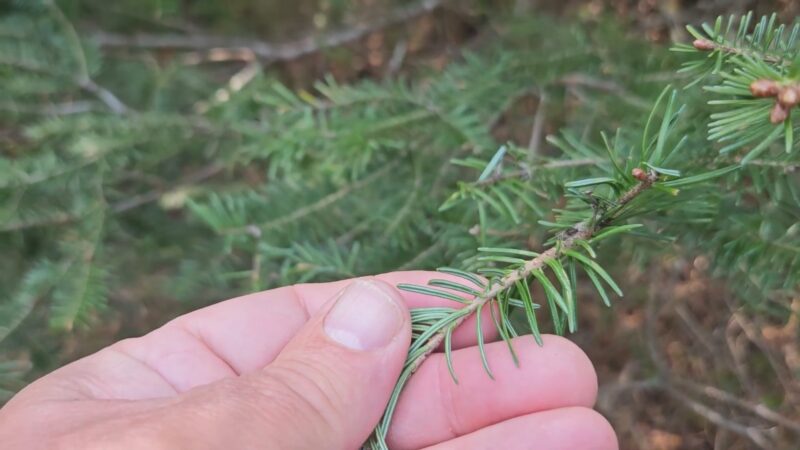
Prepare to be amazed by the elusive Balsam Fir, scientifically known as Abies balsamea! This iconic coniferous tree hails from the taiga biome and boasts dark green, needle-like leaves that emit a pleasant fragrance.
Standing tall at heights of up to 80 feet, its erect cones add a touch of uniqueness to its branches. Not just a pretty face, the Balsam Fir also serves as a vital habitat and food source for the likes of birds and the adorable red squirrel.
2. Labrador Tea
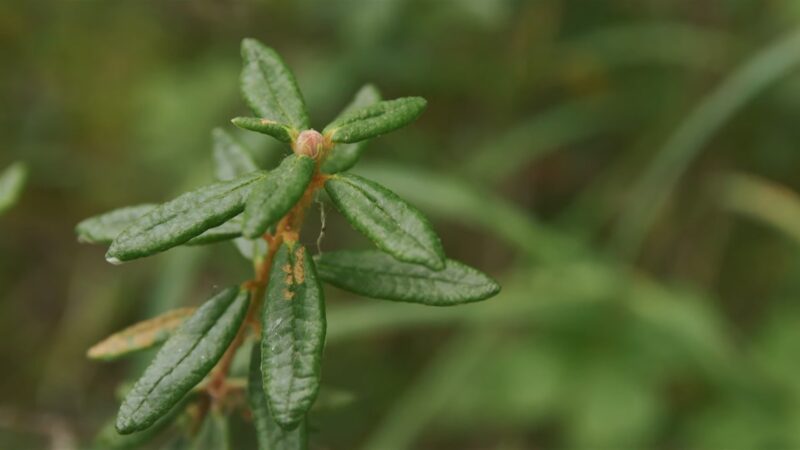
Nope, it’s not your regular drinkable tea; meet the fabulous Labrador Tea, or Rhododendron groenlandicum! This little evergreen shrub is a taiga treasure, with leathery, elliptical leaves that sport a cozy woolly appearance thanks to tiny hairs.
The Indigenous communities have a fun herbal tea secret – they use Labrador Tea leaves to brew delightful concoctions, earning this plant its charming name. Surviving freezing temperatures with flair, this shrub is a real champ in the harsh taiga climate.
3. Mountain Ash
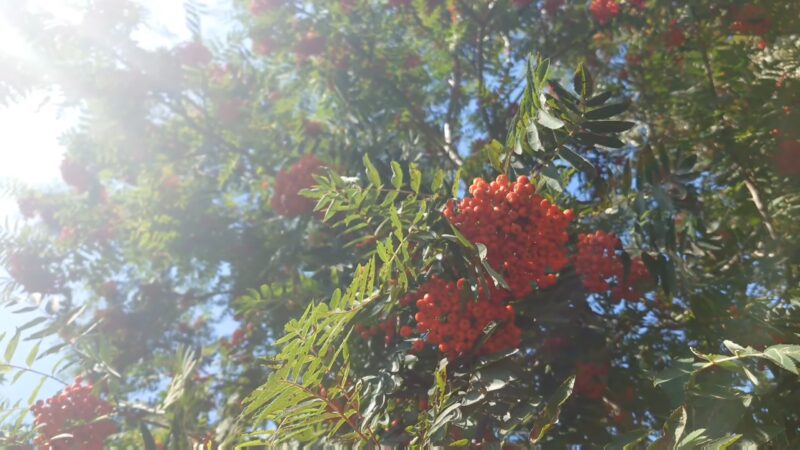
Get ready to be wowed by this mini mountain superstar, a deciduous tree belonging to the Sorbus genus! With clusters of bright red or orange berries that could rival disco lights, the Mountain Ash becomes the go-to food stop for numerous bird species during the chilly winter months.
Not only that, but it also shows off stunning white flowers in the spring, adding to its allure. Don’t let its delicate looks fool you; this tree can handle cold temperatures like a boss.
4. Wild Rose
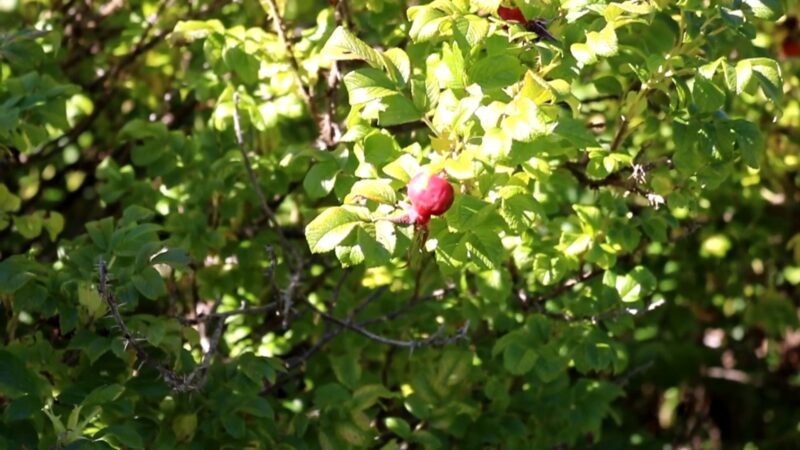
Ready for some natural beauty in the taiga? Meet the charming Wild Rose, encompassing various species within the Rosa genus! These flowers are a treat for the eyes, showing off their five-petaled petals in shades of pink, white, and sometimes yellow, making the boreal landscape a living artwork.
And guess what? These roses aren’t just there to look pretty; they bear bright red rose hips that are a wildlife delicacy during the cold months.
5. Paper Birch
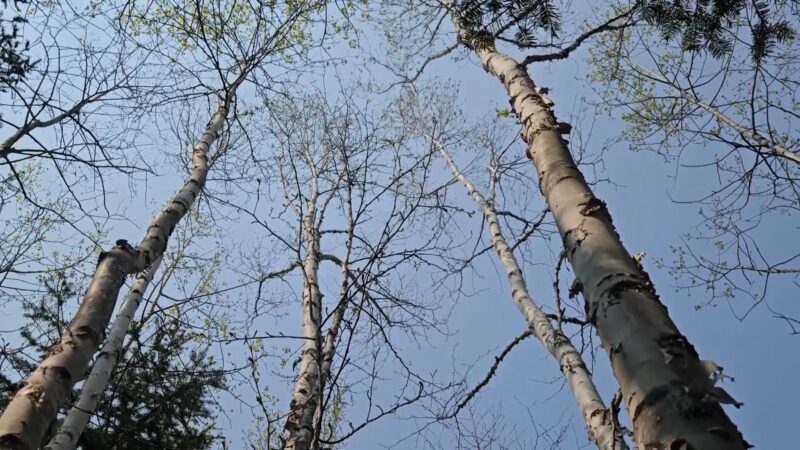
Time to spot a tree that’s straight out of a fairy tale – the Paper Birch, scientifically known as Betula papyrifera! With bark that peels off like paper, it’s no wonder this tree is a standout among its birch brethren. But the fun doesn’t end there – it’s a busy host for insects and a fancy hotel for birds, offering them cozy nesting sites.
Oh, and did we mention Indigenous communities have a cool tradition of using the bark for crafting canoes and baskets? Talk about multitasking!
6. Blueberry

Hungry for some tasty taiga treats? The Blueberry genus, or Vaccinium, has got your back! These low-growing shrubs are like nature’s snack bar, serving up delicious and nutritious blueberries for wildlife and humans alike. Birds and mammals flock to these shrubs to munch on the juicy goodies.
And guess what? Humans often join in the fun, gathering these little gems for lip-smacking pies, jams, and muffins.
7. Tamarack
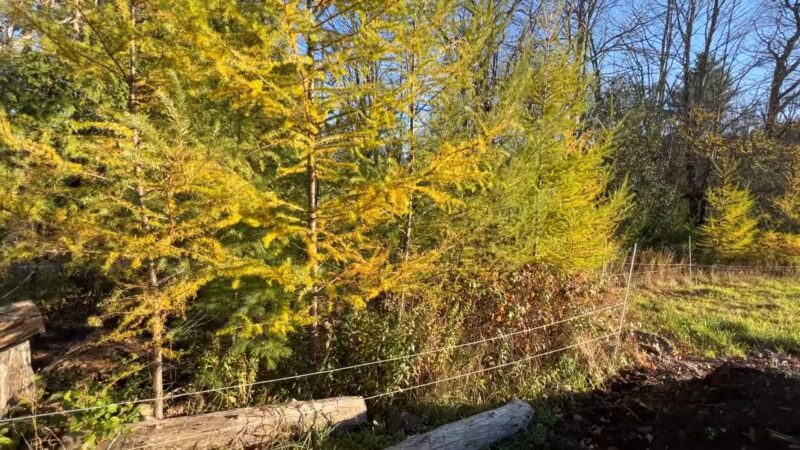
Meet the taiga’s seasonal superstar – the Tamarack, scientifically known as Larix laricina! Unlike most conifers, this deciduous coniferous tree doesn’t believe in sticking to the same old needles all year round. Oh no! When fall arrives, it transforms into a show-stopping golden wonderland as its needles gracefully shed.
The Tamarack is the go-to spot for birds seeking a nesting getaway and insects looking for a cozy home.
8. Bearberry
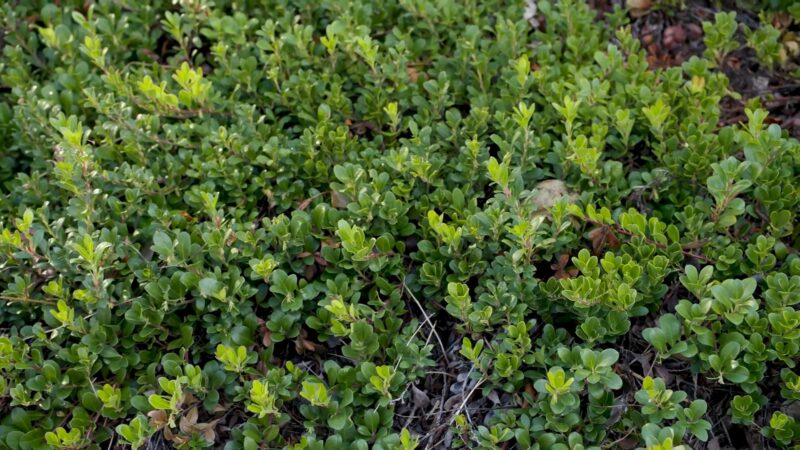
Prepare to get a little “beary” excited about this one – the Bearberry, also known as Arctostaphylos uva-ursi! This low-lying evergreen shrub is truly a sight to behold, with small, leathery leaves that look like the adorable ears of a bear. These bear-worthy shrubs produce bright red berries that are a food fiesta for various wildlife, including bears, birds, and tiny mammals. And to top it off, Indigenous communities have a nifty trick – using parts of the plant for medicinal purposes!
9. Pitcher Plant
Taiga’s got a sneaky surprise for you – the carnivorous Pitcher Plant, belonging to the Sarracenia genus! It’s like a botanical detective, trapping and digesting insects in its pitcher-like leaves to get essential nutrients. Talk about a wild survival strategy! These crafty plants make their home in nutrient-poor soils, proving once again that taiga plants can handle anything Mother Nature throws at them.
10. Larch
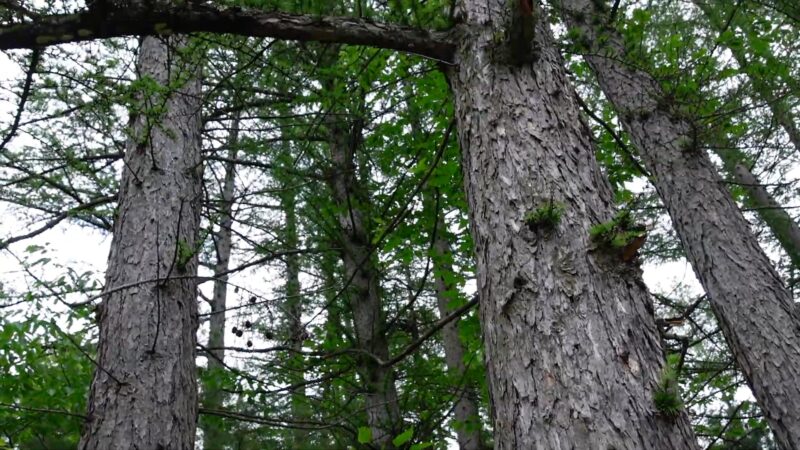
Last but not least, give a warm welcome to the Larch genus, or Larix, and their show-stopping fall performance! These deciduous coniferous trees put on a vibrant golden show as their soft, needle-like leaves change color and gracefully fall.
Apart from being the taiga’s fall fashionistas, they play an essential role in the ecosystem by providing shelter and food for various animals, and contributing to the forest’s incredible biodiversity. These trees are truly Mother Nature’s treasures!
Let the taiga adventure begin! 🌲🌳🌿
FAQs
What are the traditional uses of taiga plants by Indigenous communities?
Indigenous communities have historically used taiga plants for various purposes, including making herbal teas from Labrador Tea leaves and using the bark of Paper Birch for crafting canoes and baskets.
Which animals rely on taiga plants for food and shelter?
Many animals, such as birds, squirrels, bears, and small mammals, rely on taiga plants for food and shelter. The plants provide a critical food source, nesting sites, and habitat for these creatures.
Are any of the taiga plants in this blog used for medicinal purposes?
Yes, the Bearberry is one of the taiga plants traditionally used for medicinal purposes by Indigenous communities.
How do Tamaracks differ from other conifers in the taiga?
Tamaracks are deciduous conifers, meaning they shed their needle-like leaves in the fall, which is a distinctive feature not commonly seen in other coniferous trees of the taiga.
Can I find these taiga plants in regions outside the Northern Hemisphere?
While some of these taiga plants may have similar species in other regions, the specific plants mentioned in this blog are native to the Northern Hemisphere and primarily found in the taiga biome.
How can I contribute to taiga plant conservation efforts?
You can contribute to taiga plant conservation efforts by supporting organizations working on habitat preservation, engaging in sustainable practices, and raising awareness about the importance of preserving these unique ecosystems.
Conclusion
The taiga biome’s flora presents a fascinating array of plants that have adapted to survive in one of the world’s harshest environments. From the towering conifers to the low-lying shrubs, each plant plays a crucial role in maintaining the delicate balance of the boreal forest ecosystem.
The 10 taiga plants discussed in this blog only scratch the surface of the diversity and complexity of the taiga’s flora. As we continue to explore and understand this unique ecosystem, let us appreciate and protect these valuable treasures for future generations to cherish and enjoy.
Related Posts:
- Taiga Food Web: Interconnected Relationships between…
- Forest Animals – Pictures & Fun Facts On Animals…
- Where to Find Raccoons in the Forest? Wildlife Encounters
- White-Lipped Tree Frog - Pictures, Videos and…
- 10 Common Mudpuppy Facts, Pictures & Information
- Animals that Start with X – Pictures & Fun Facts -…


